What is Videodisc?
Videodisc is an audio-visual delivery medium which offers a wide range of totally new communications opportunities in the field of teaching, training, learning, marketing and general information distribution.
Because it is a replay medium it has a dense storage capacity for exceptionally high quality pictures and sound.
Because it is a disc — encoded in a spiral form — very fast random access can be gained to any part of the material.
Because special codes can be pressed into the disc a high degree of control can be exercised by the programme designer which affect the way the disc is used.
Together these offer a new opportunity — interactivity.
What is Interactivity?
In an interactive programme the otherwise passive viewer becomes an active participant — a user. He controls the message, he progresses at his own pace, absorbing and learning unhindered by others.
The programme maker can design the programme material in such a way that choices made by the user direct him along the most appropriate path.
For the first time the user feels that he is in charge, and for the first time the programme designer knows that his message is being tailored to that user’s needs.
Why Interactivity?
There is already substantial evidence that interactive video is the most effective tool for delivering a complex message — simply and clearly.
Because the interactive programme cannot progress without the user’s active participation fie is more inclined to pay particular attention to the information he is being asked to absorb. Systems can be designed to examine the user on his reactions and understanding, and he can be accurately directed to the most appropriate next step.
Why Interactive Videodisc?
Adding computer control is simple — and even small micro computers can add a new dimension to interactive programming.
The only way to grasp the potential of Interactive Videodisc is to experience it. Only a demonstration can do justice to this powerful tool.
The videodisc has an unparalleled capacity for storing information. Sixty minutes of video material can be packed into one side of a to inch VHD disc together with two audio tracks. Two complementary commentaries, different comprehension levels, question and answer, second languages – all are immediately possible on one disc. A capacity of 45,000 still pictures, each with its own unique address, turns videodisc into a database of immense density. And these capabilities can be coupled on one disc, with one videodisc player performing all the required access and replay functions.



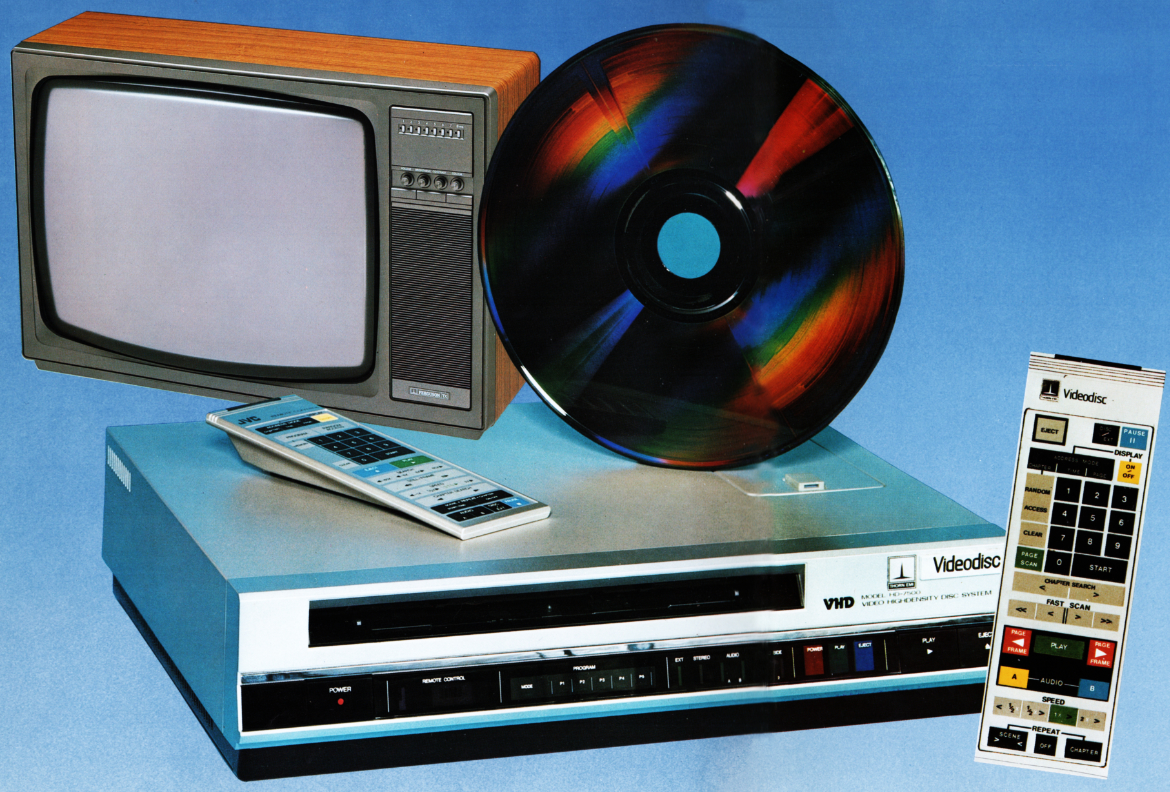
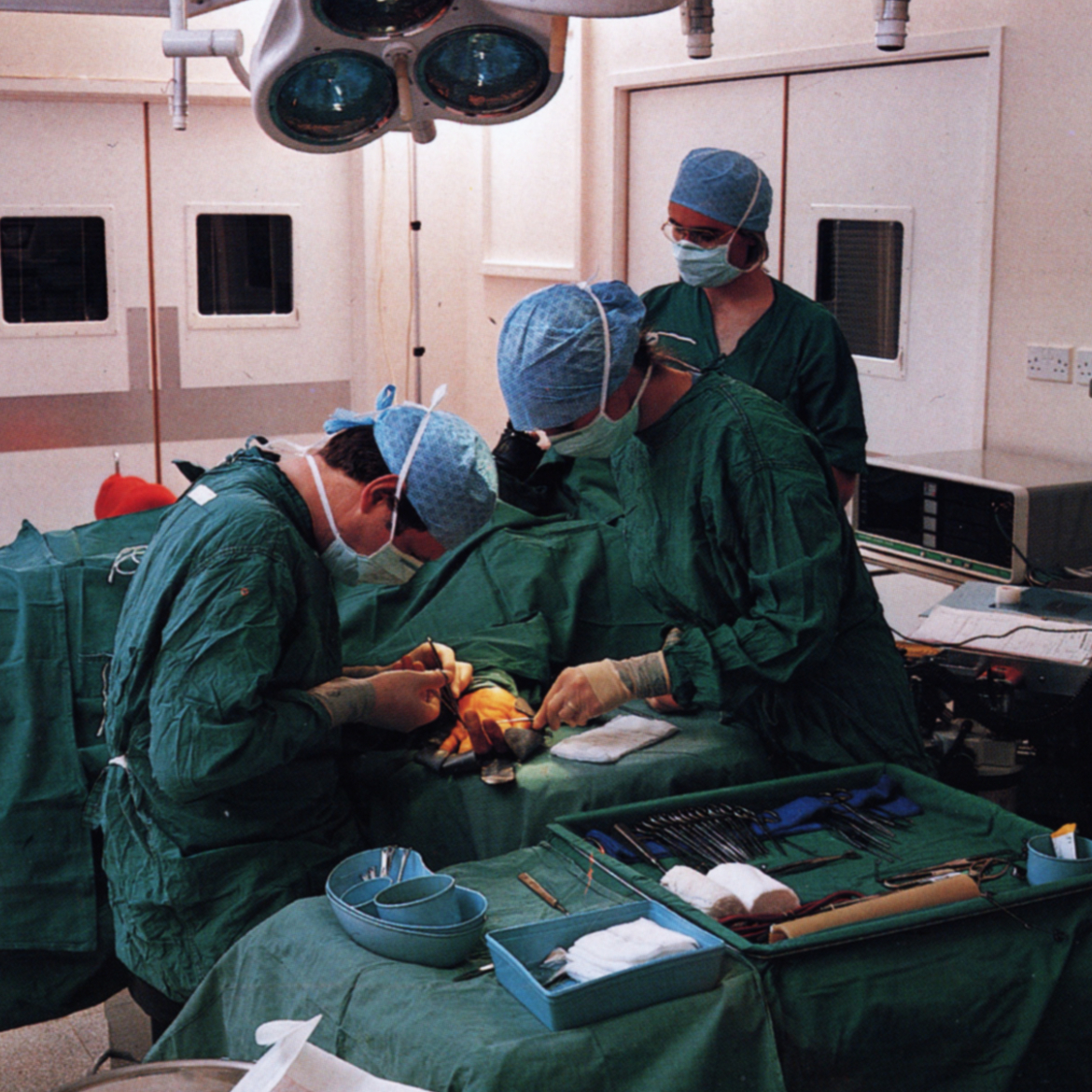
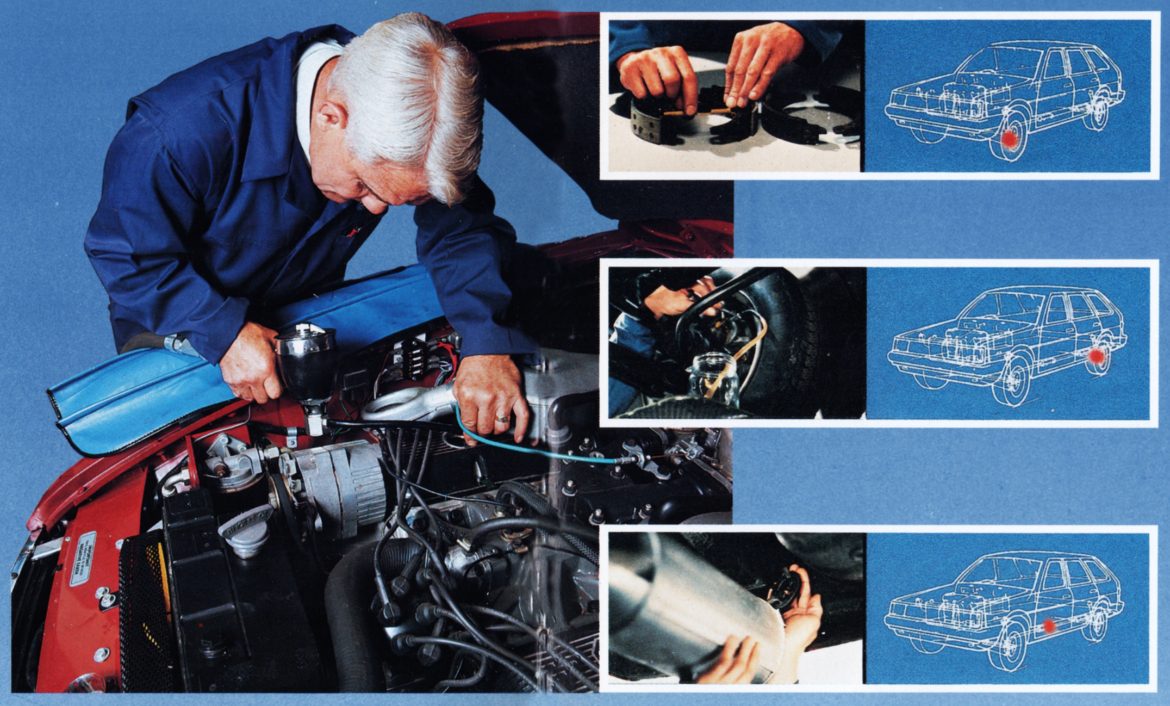
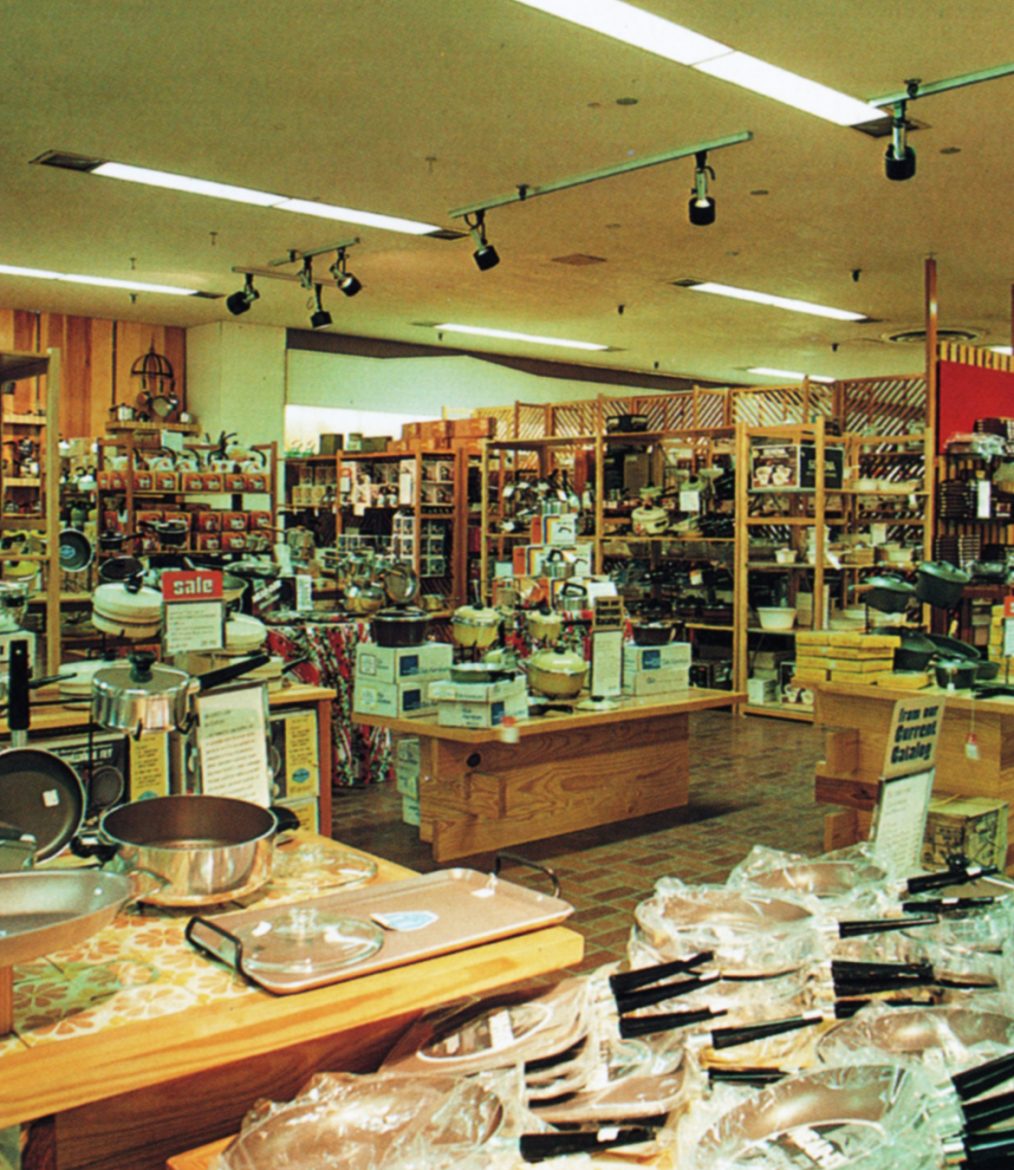
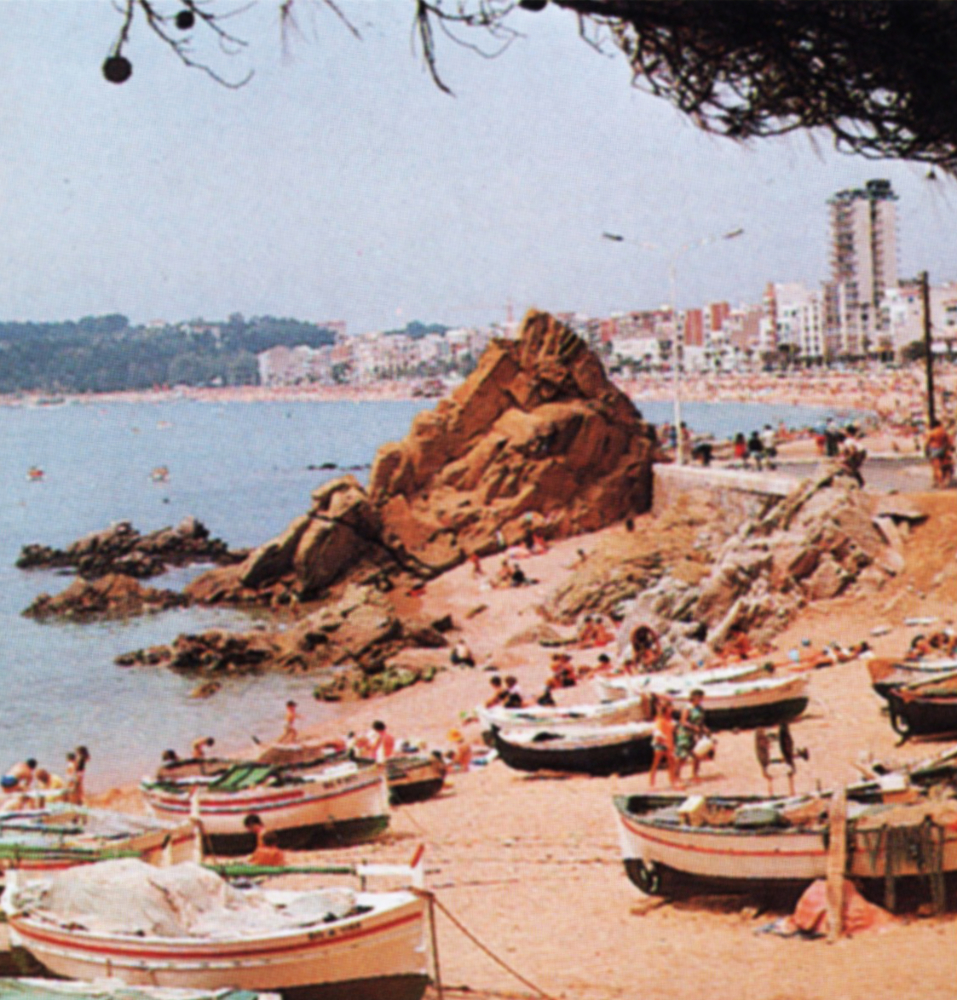
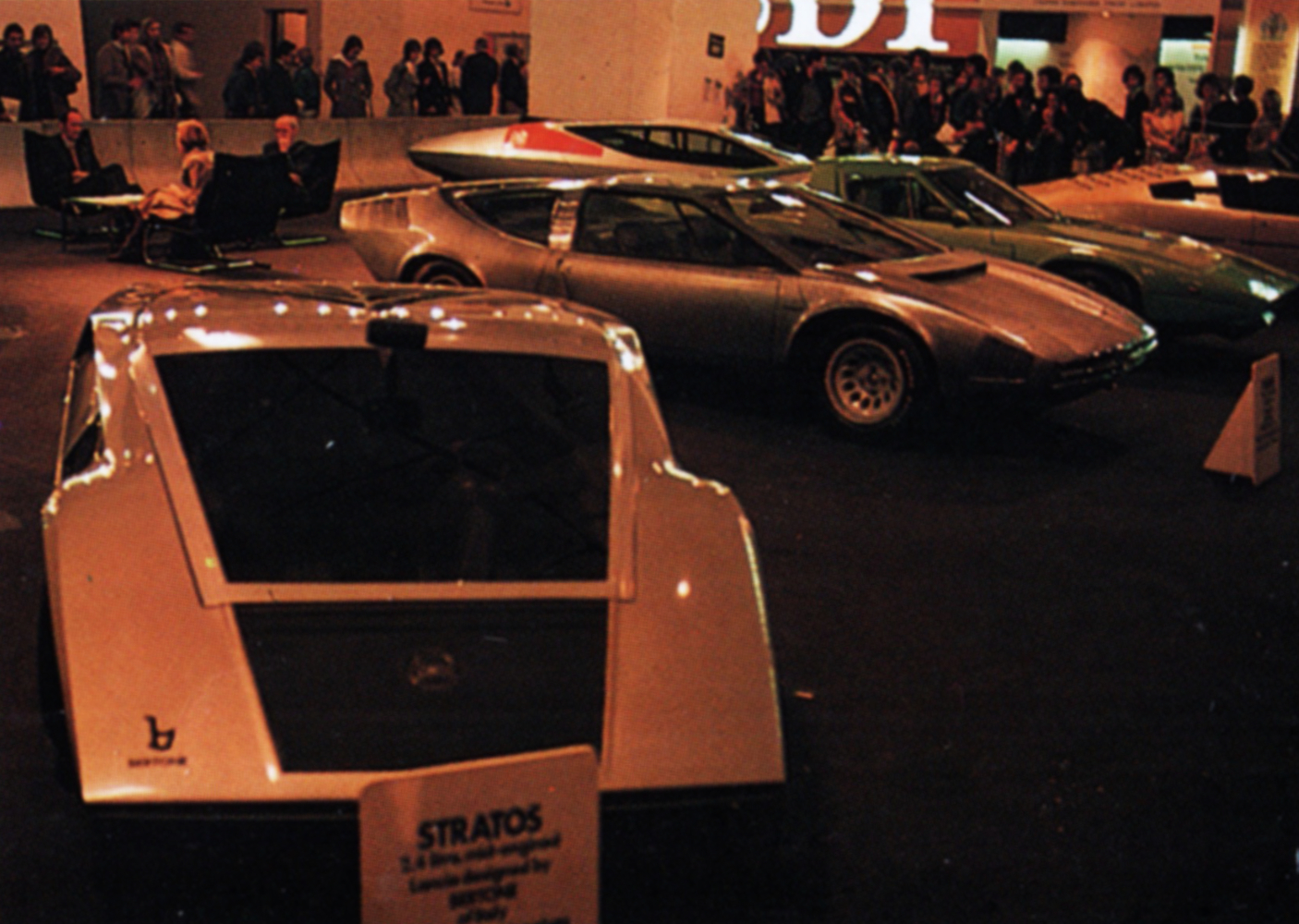
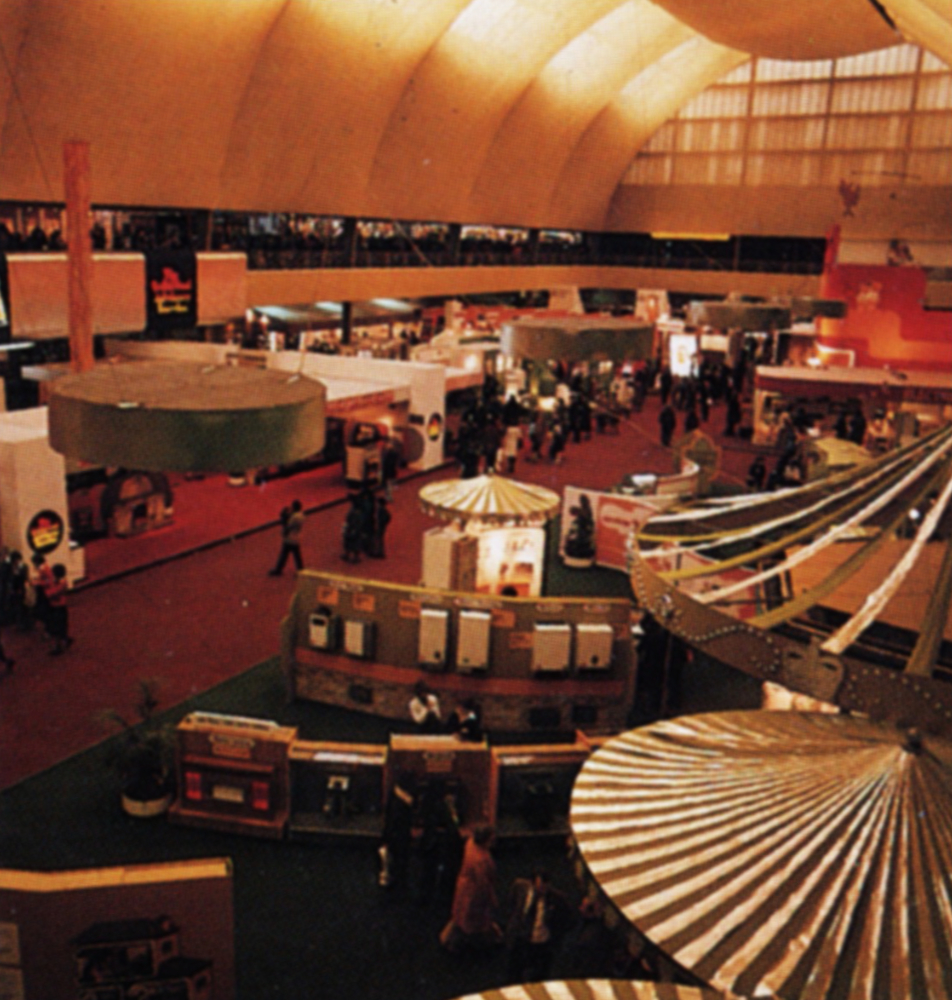

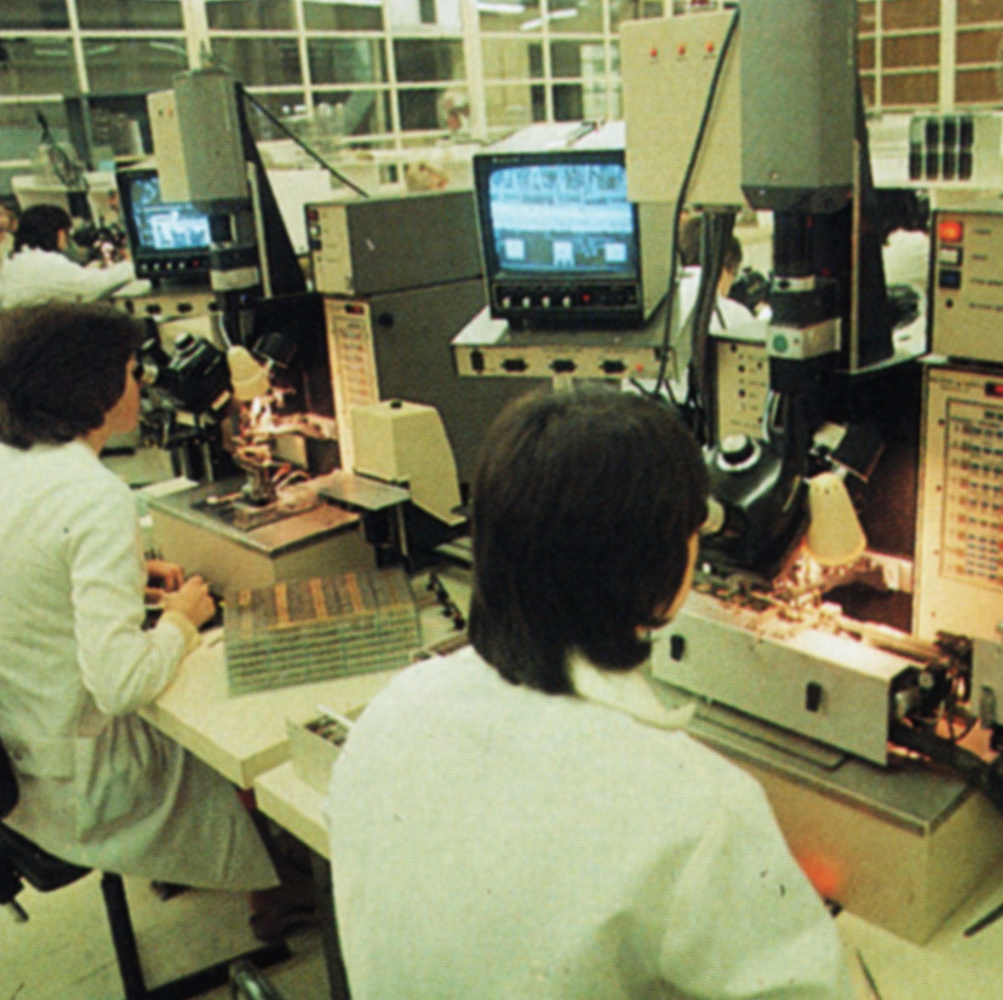
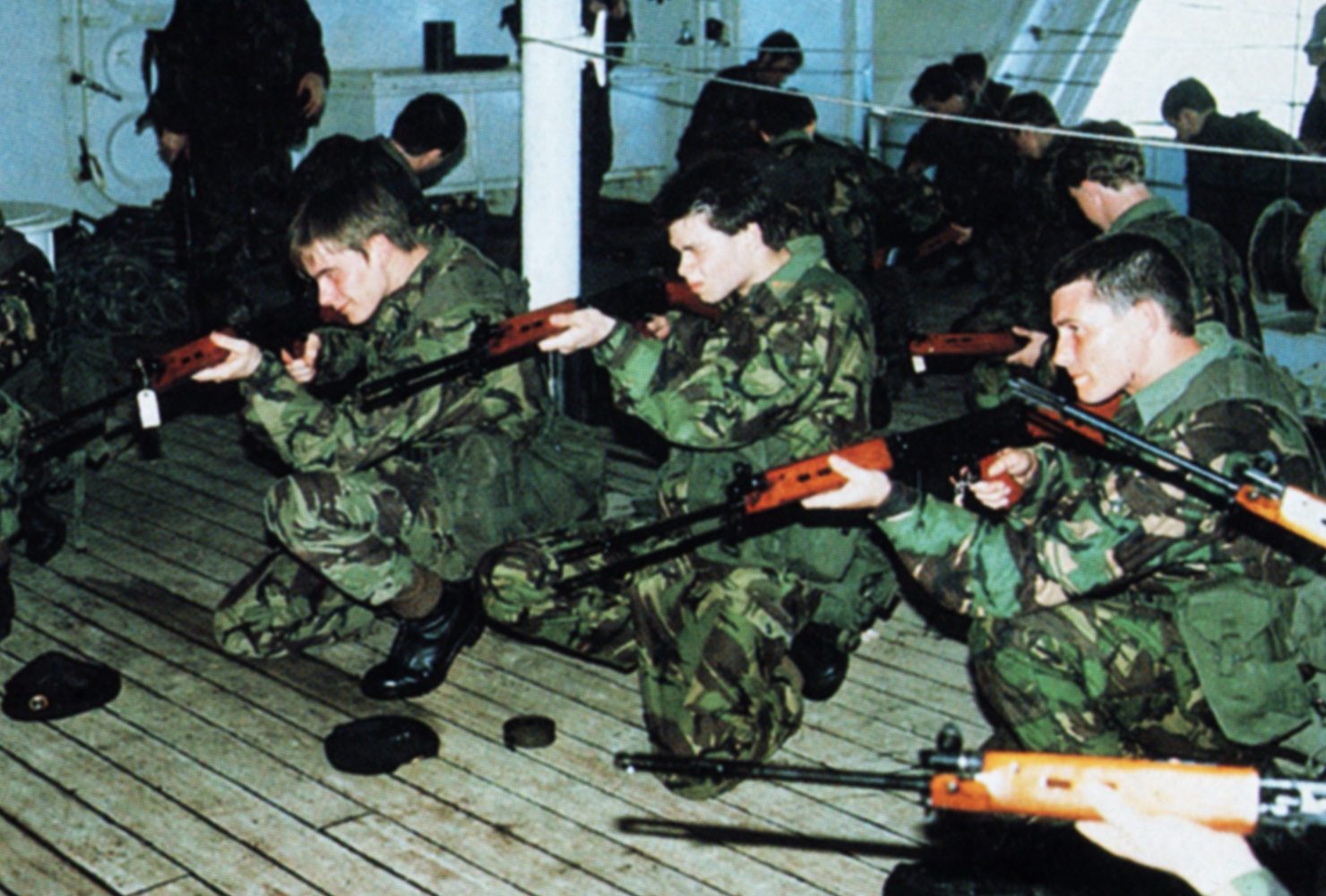

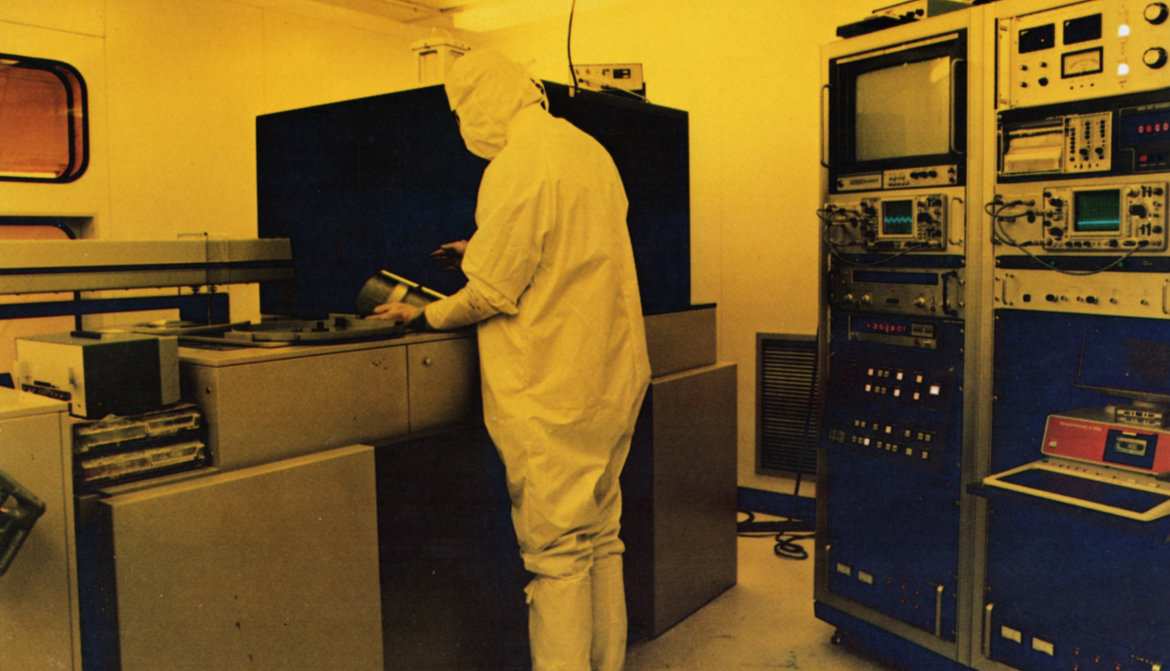
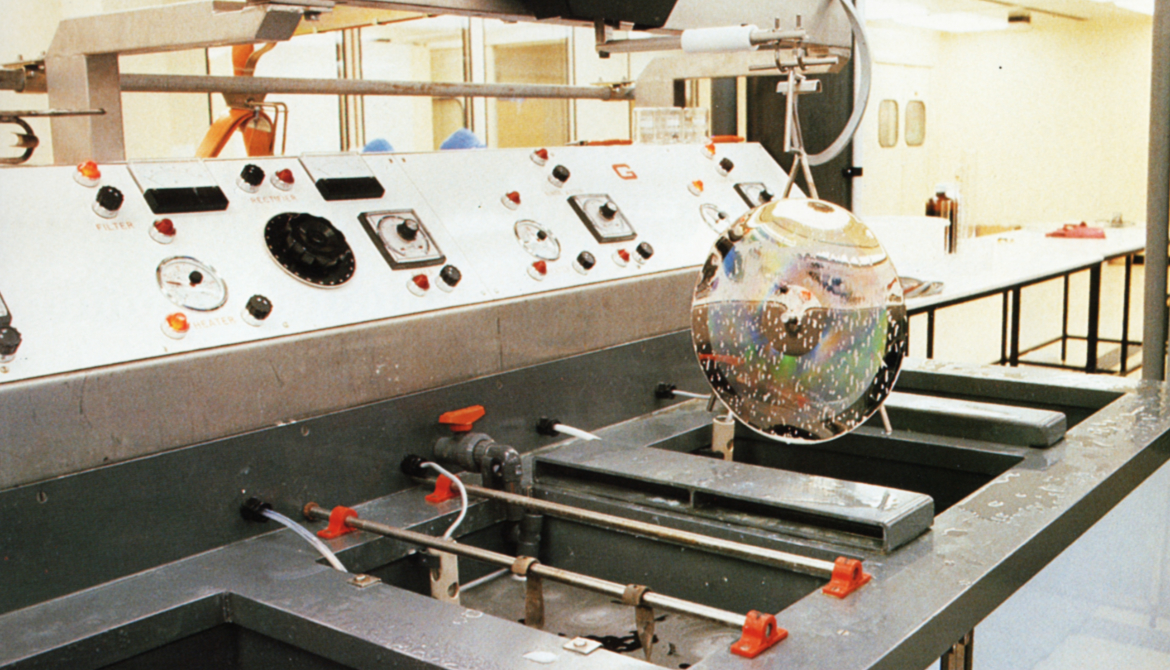
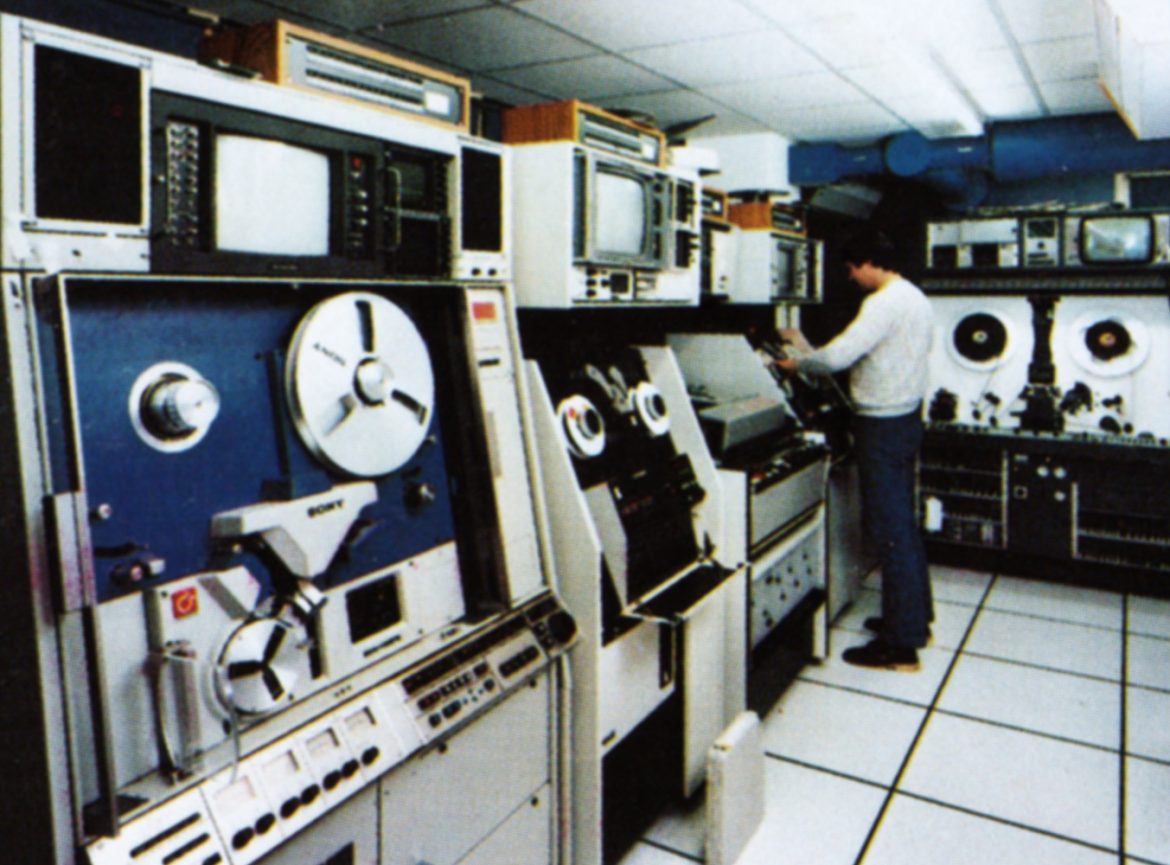
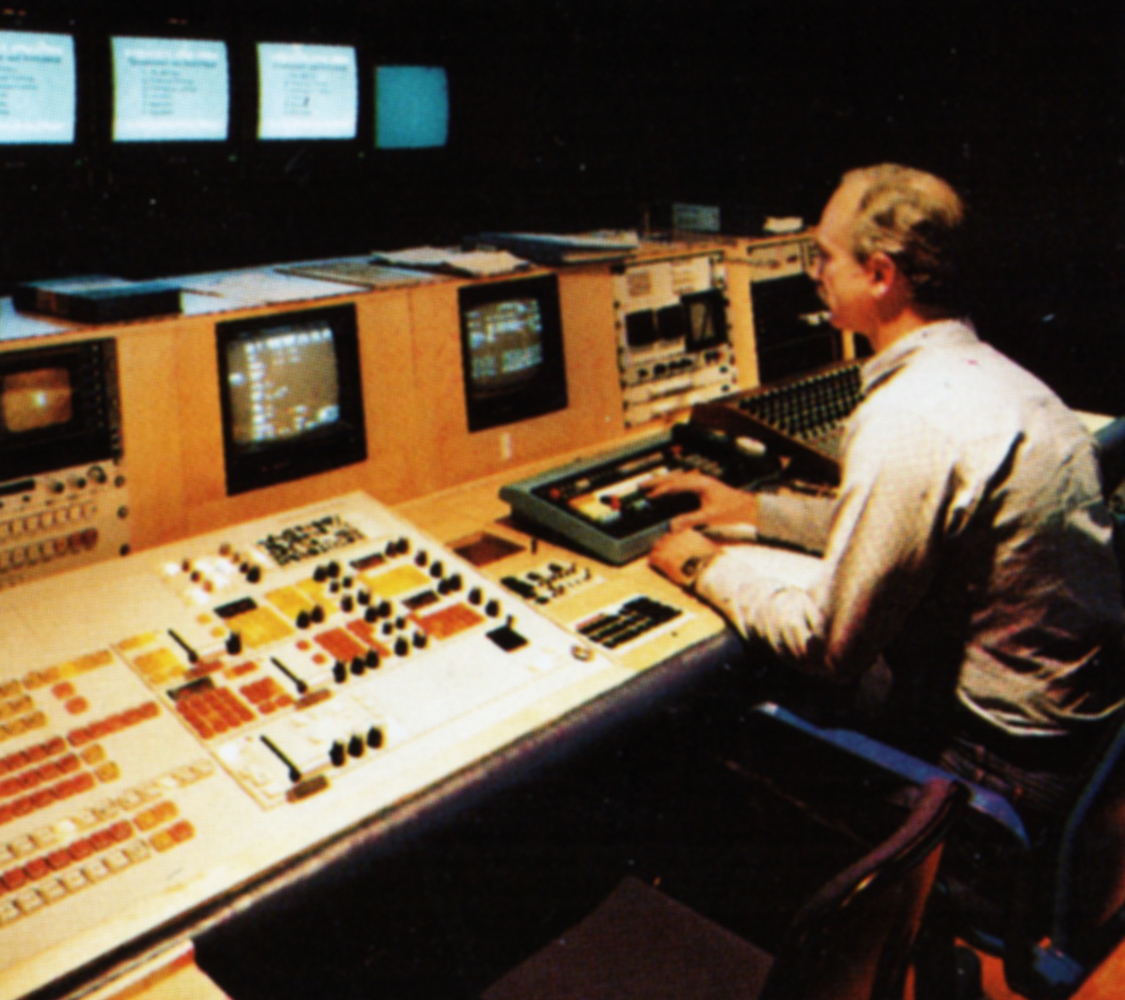
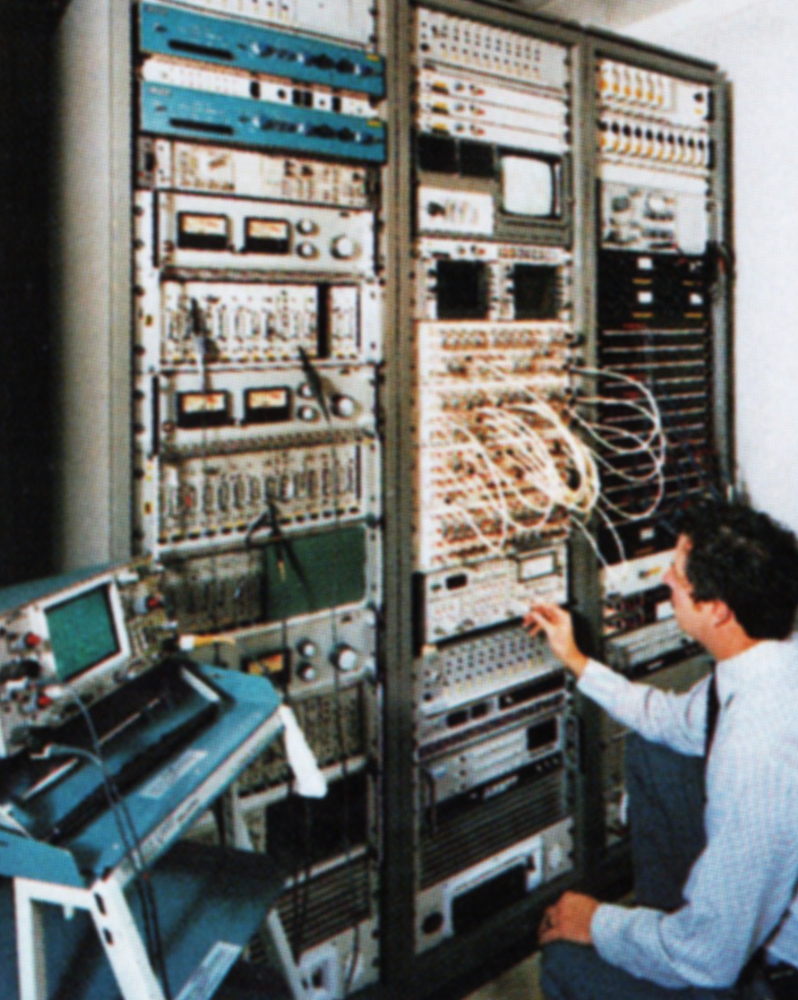
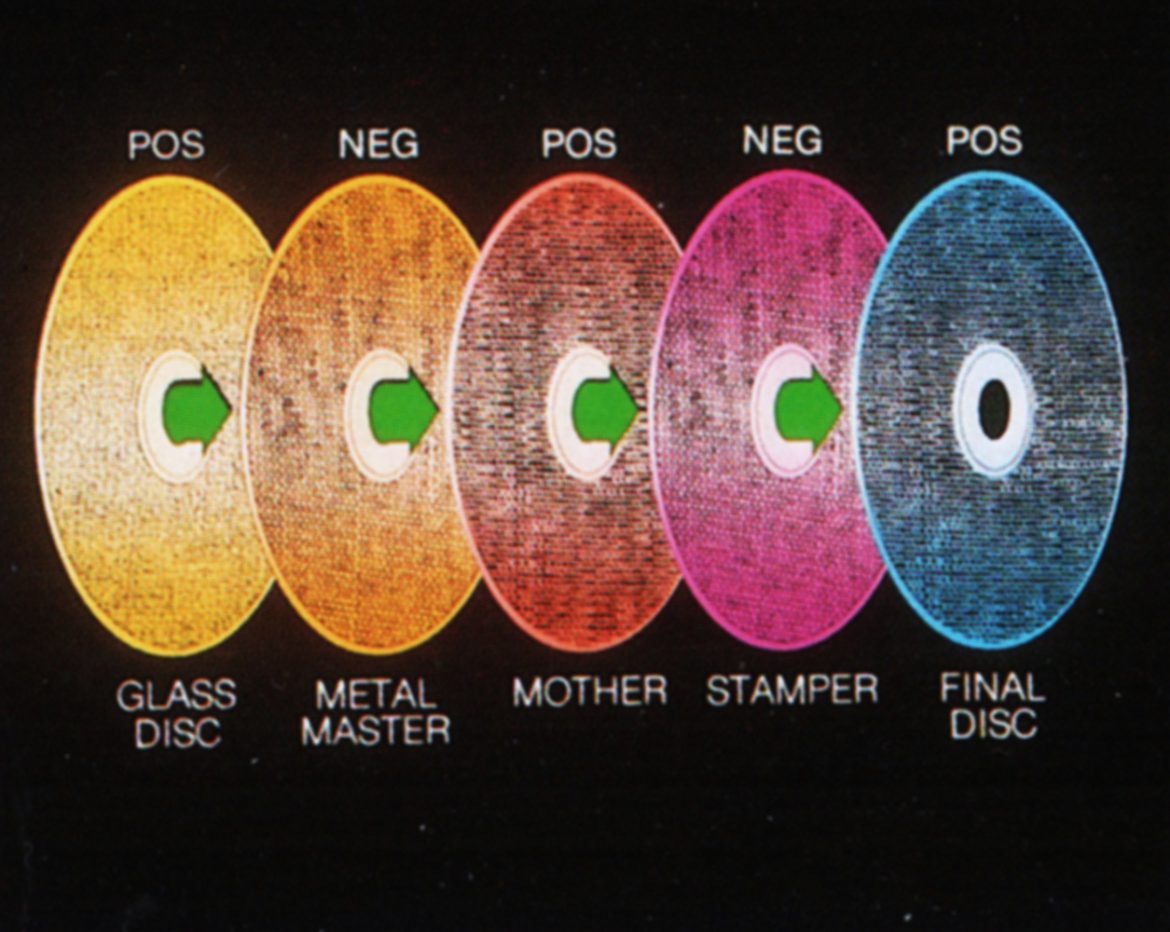
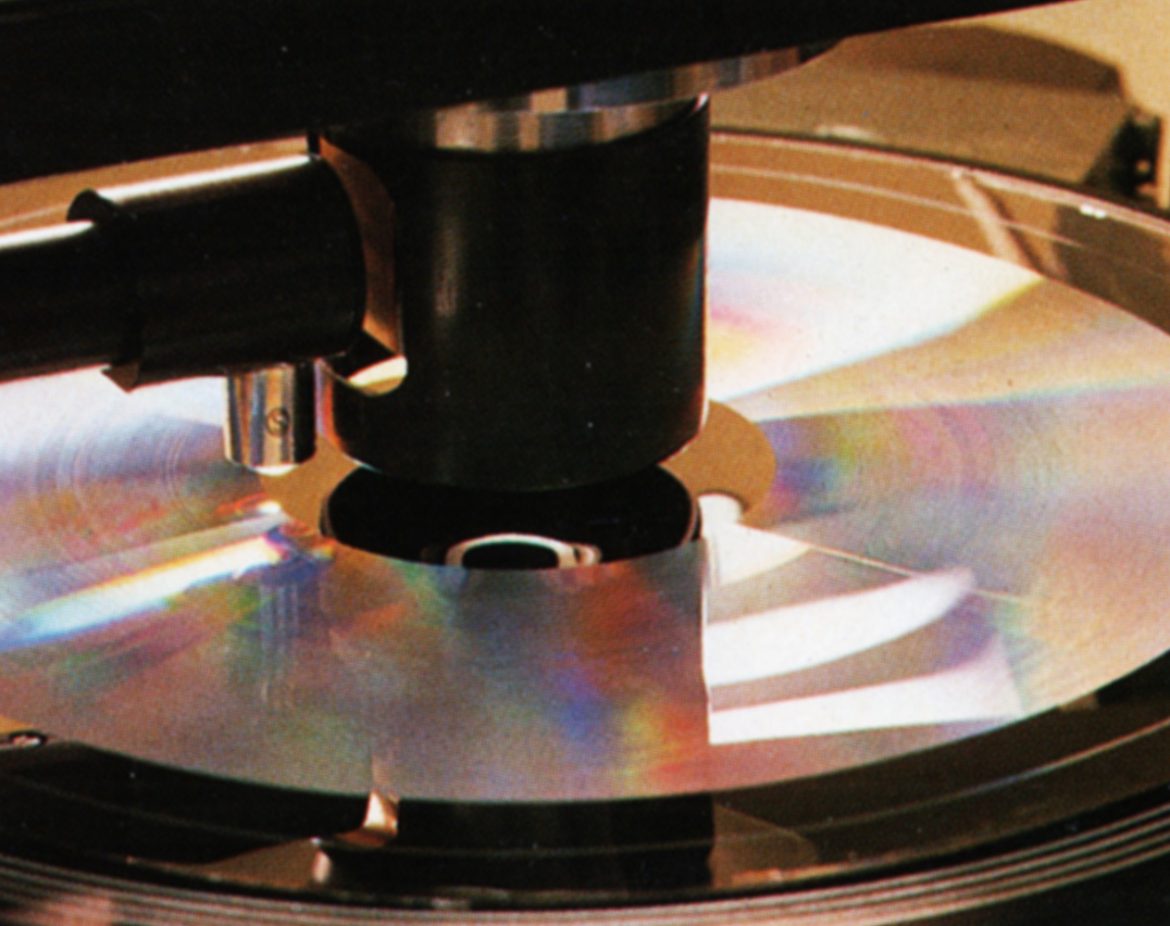
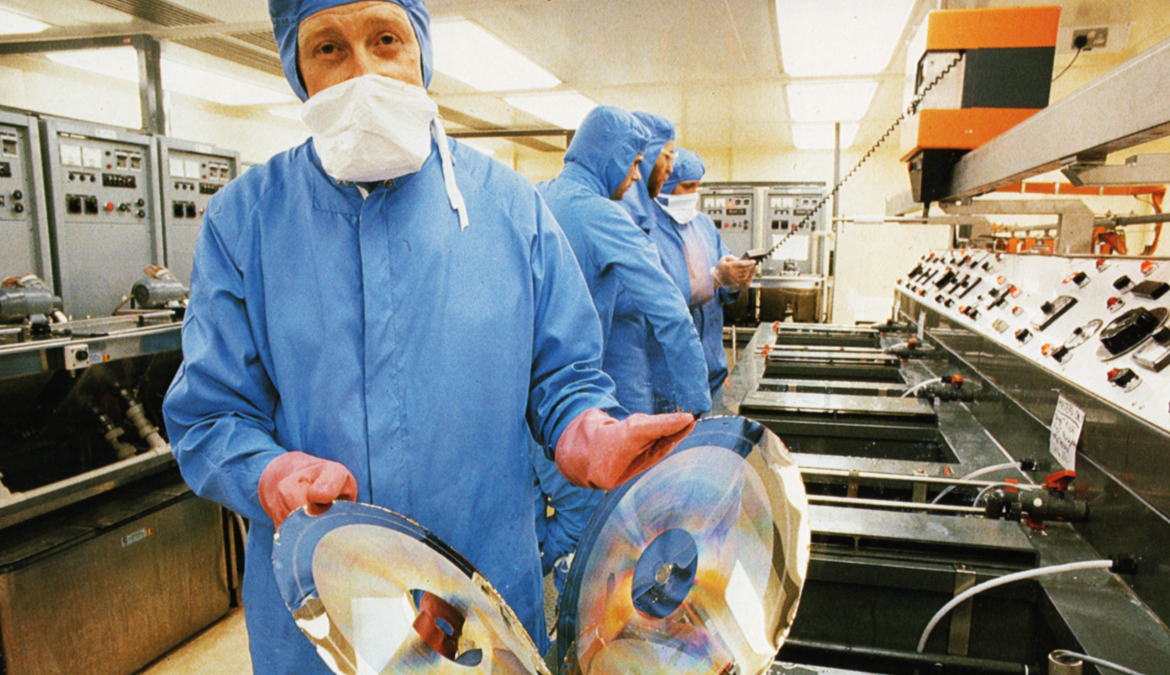
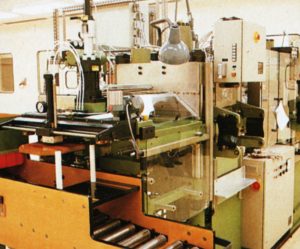

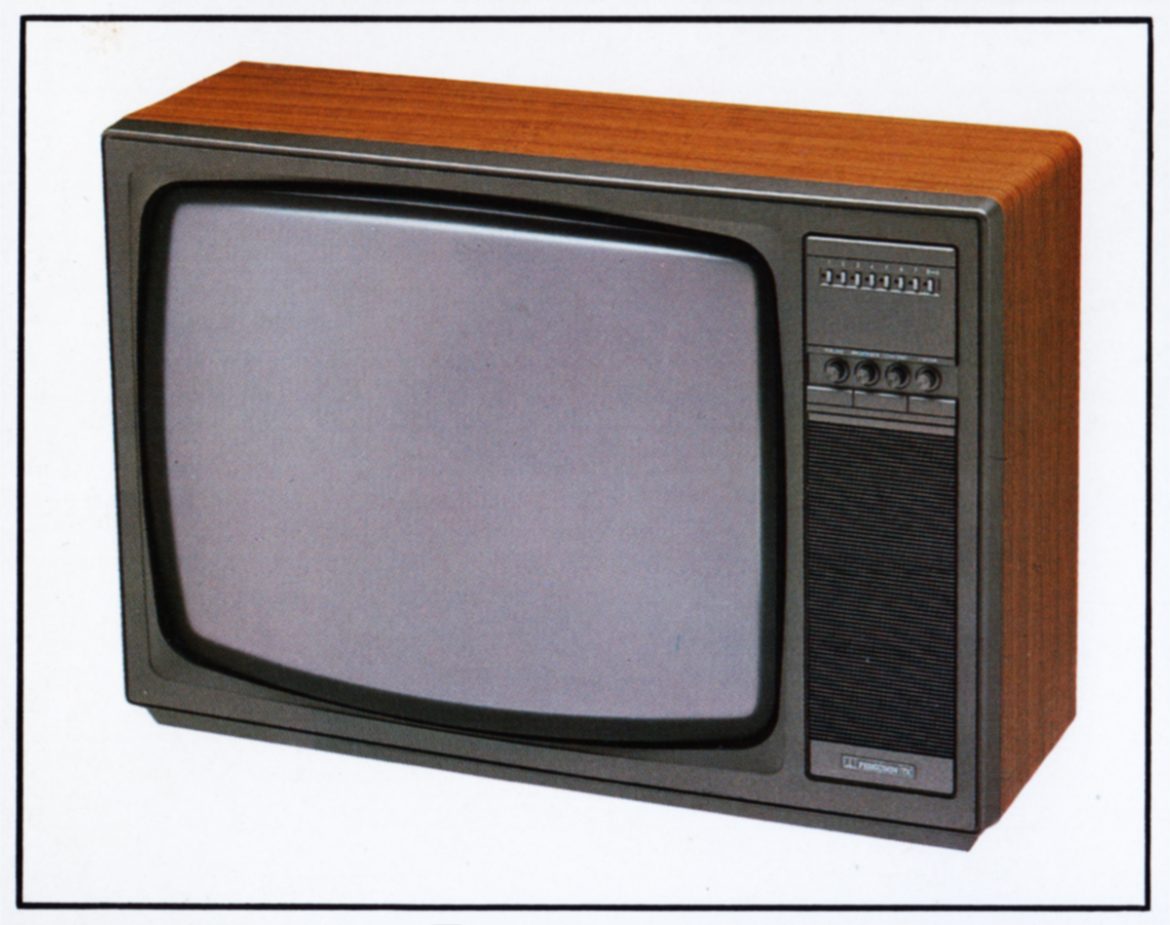

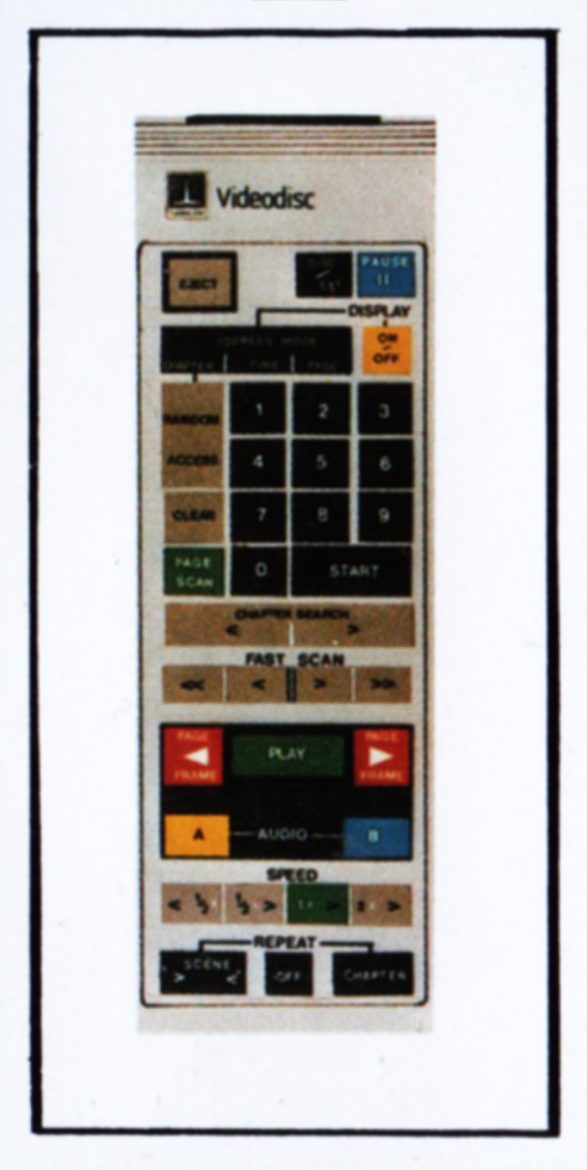
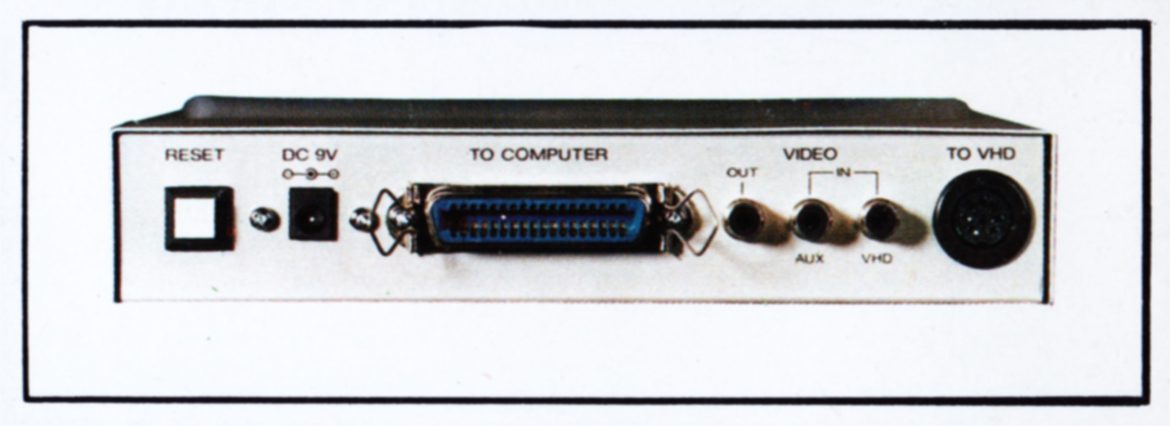
 THORN EMI Video Disc Manufacturing Limited
THORN EMI Video Disc Manufacturing Limited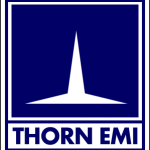 THORN EMI Video Disc Manufacturing Limited
THORN EMI Video Disc Manufacturing Limited